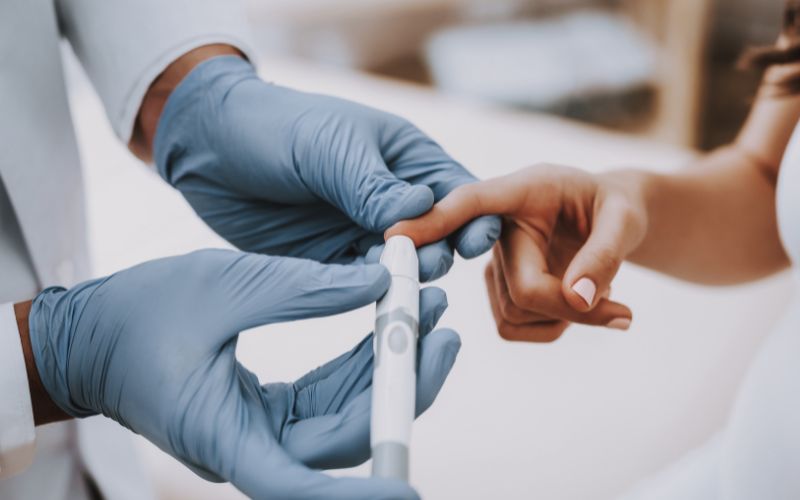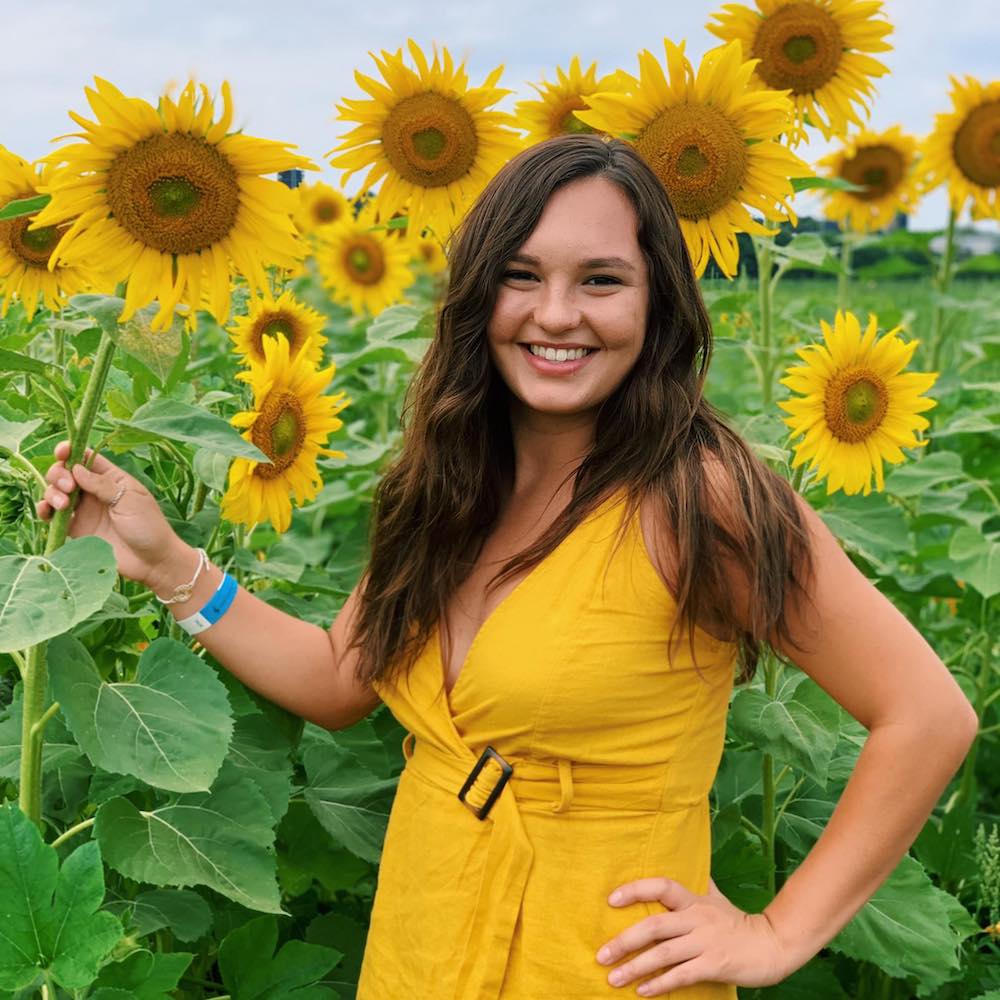
- Details
- By Kaili Berg
Diabetes affects a staggering number of adults and children across the United States — 37.3 million, or 1 in 10 — and rates are even higher in Native communities.
American Indians and Alaska Natives (AI/AN) are almost three times more likely to be diagnosed with diabetes and two times more likely to die from diabetes, according to the U.S Department of Health and Human Services.
Diabetes is a life-long disease that affects the way your body handles glucose, a kind of sugar, in your blood. Your body changes most of the food you eat into glucose, which your body uses for energy. Your blood takes the glucose to the cells throughout your body. While Your blood always has some glucose in it, too much leads to adverse health outcomes.
Type 1 diabetes is commonly diagnosed in children and young adults, and it's a lifelong condition. If you have this type of diabetes, your body does not make insulin, so you must take insulin every day.
Type 2 diabetes occurs when your body becomes insulin resistant and produces less of it. Factors that contribute to type 2 diabetes include obesity, lack of exercise and genetics.
Diabetes is a self-managed disease. People with diabetes must take responsibility for their day-to-day care. The chances of having diabetes complications can be reduced or delayed significantly by keeping blood glucose (blood sugar), blood pressure and cholesterol levels in the target range.
The National Diabetes Education Program recommends the following targets for reducing risk of heart disease and stroke for people with diabetes:
- A1C (Blood Glucose): Less than 7 percent (check at least twice a year)
- Blood Pressure: Less than 130/80 mmHg (check every doctor’s visit)
- Cholesterol (LDL): Less than 100 mg/dl (check once a year)
Good diabetes care includes regular kidney testing and education about kidney disease and treatment as well. Kidney failure can be delayed or prevented by controlling blood pressure and blood sugar and by taking medicine that protects the kidneys.
It is important to check your blood glucose level and speak with your doctor to take positive steps to help prevent type two diabetes. For more information and resources about diabetes and how to manage it, here is a list of resources.
Division of Diabetes Treatment and Prevention
Traditional means of treating diabetes
American Diabetes Association: Awakening the Spirit Recipe Sampler
More Stories Like This
Seven Deaths in Indian Country Jails as Inmate Population Rises and Staffing DropsSen. Luján Convenes Experts to Develop Roadmap for Native Maternal Health Solutions
Senate Passes Bill Aimed at Missing and Murdered Indigenous Peoples Crisis
Johns Hopkins Collecting Tribal Success Stories from $1.5B Opioid Settlement
Arizona MMIP Task Force Holds Listening Session for Survivors and Families

